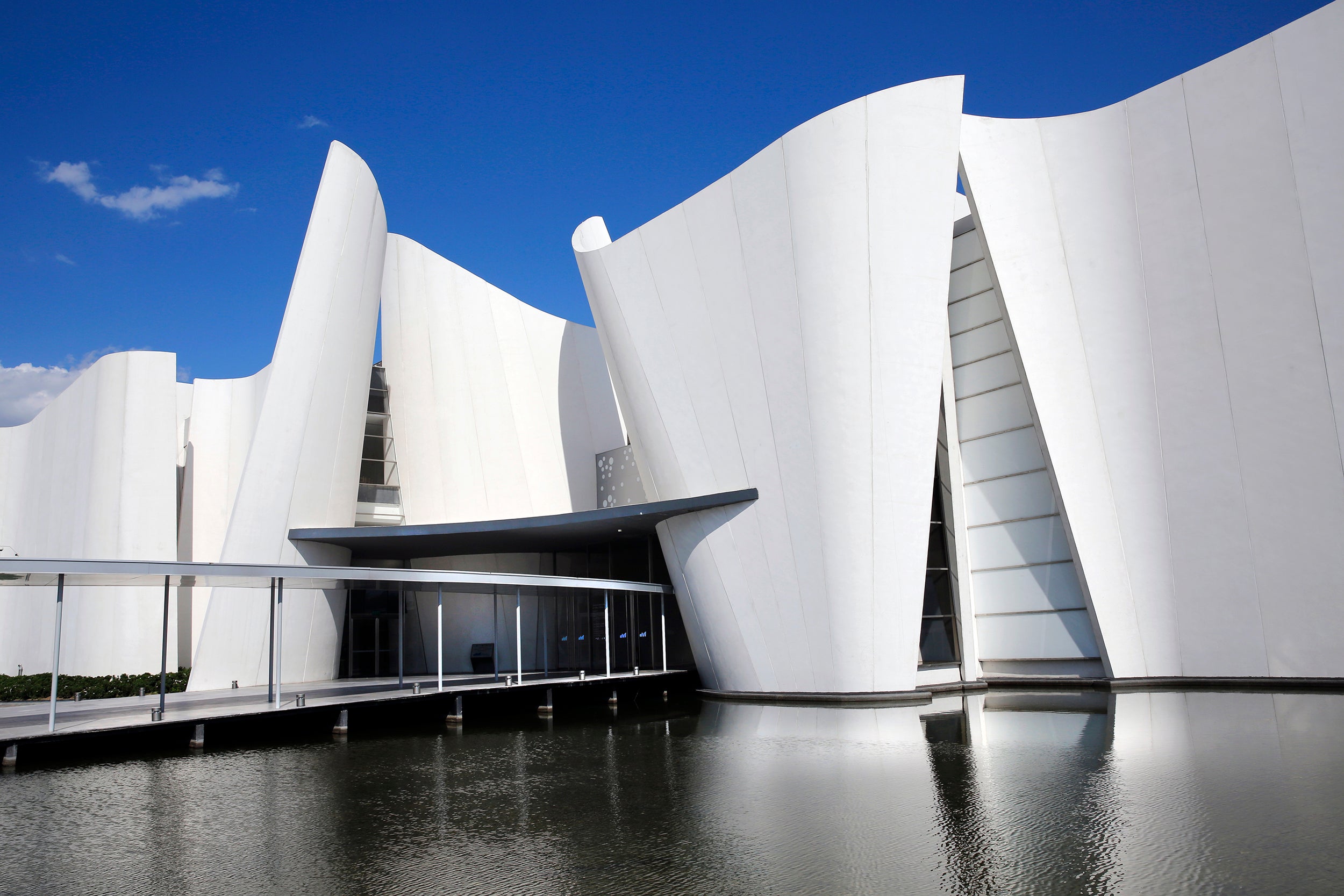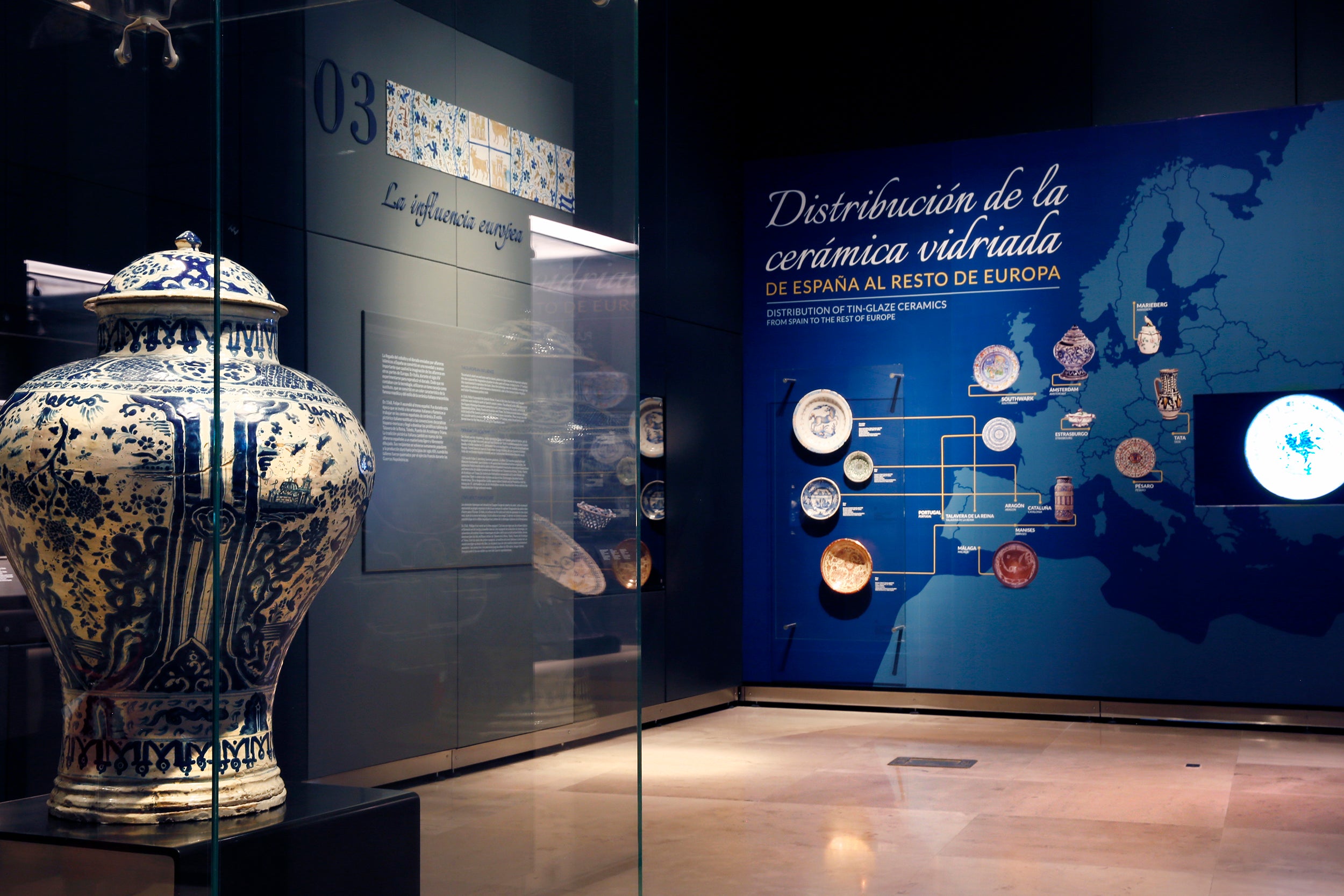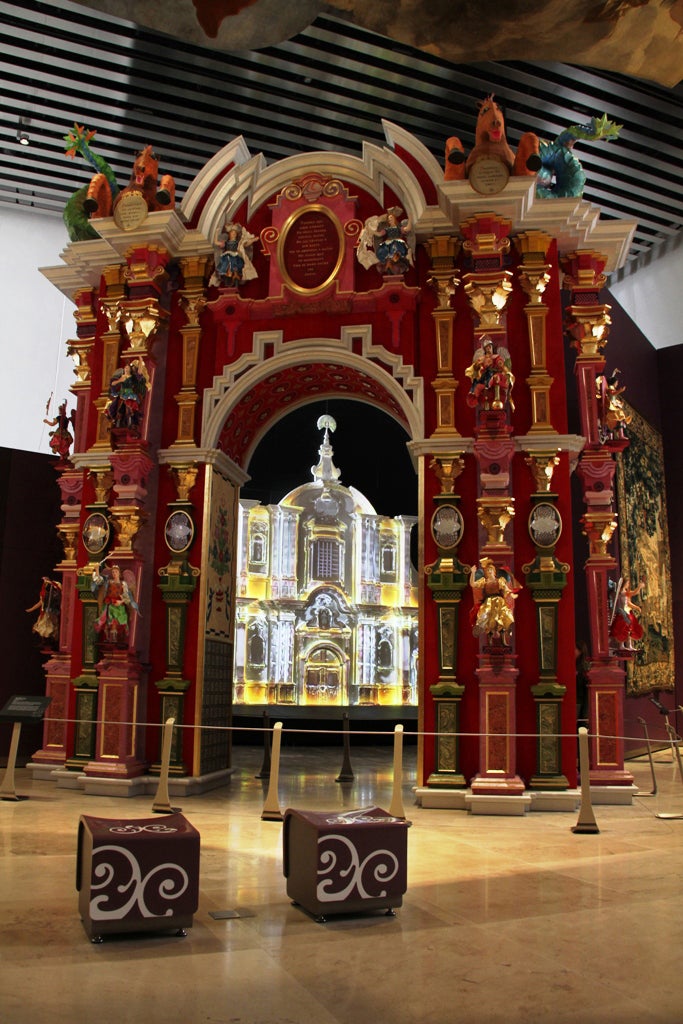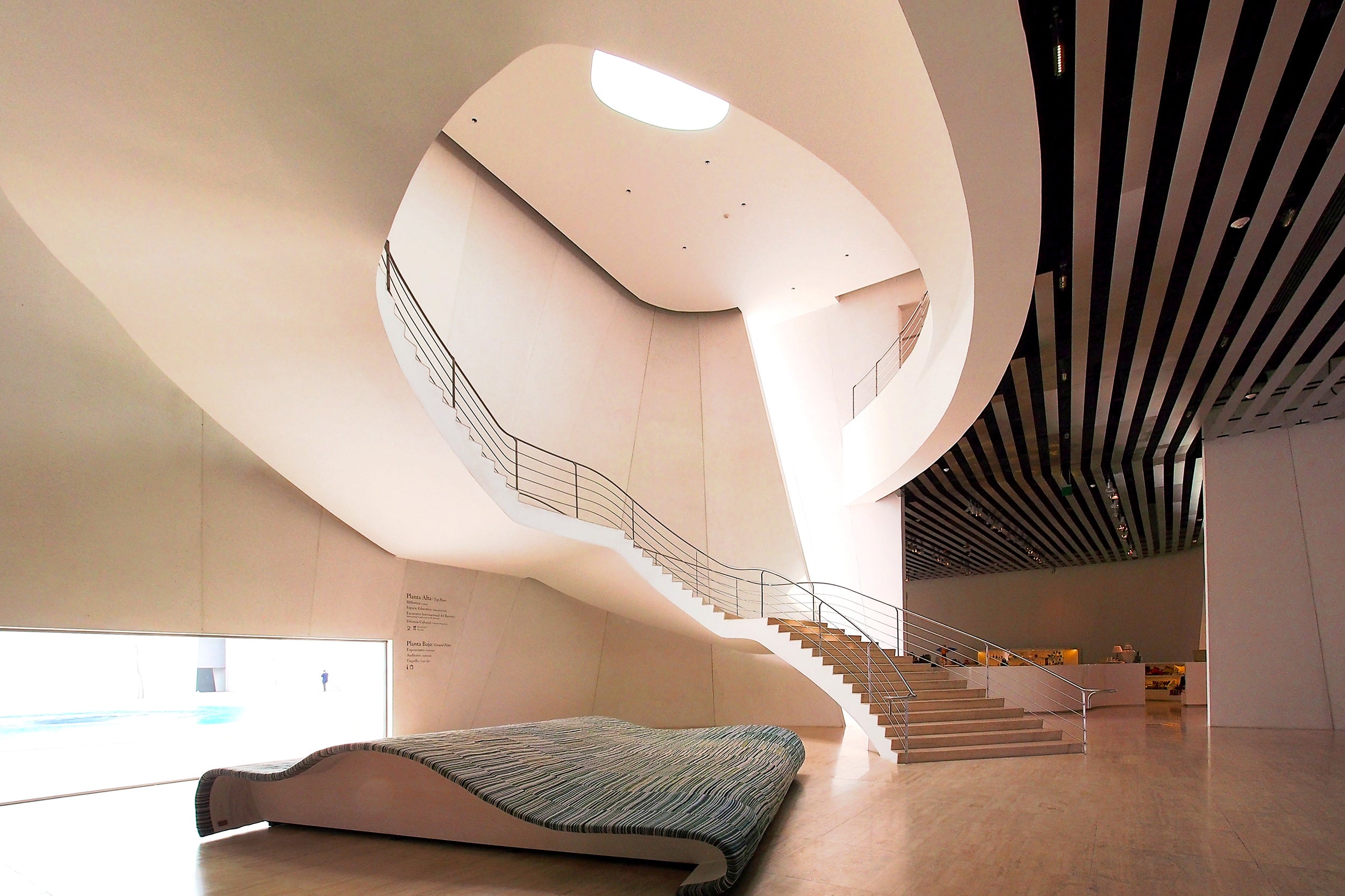Mexico's new museum is a mind-bending tribute to the Baroque
A museum opened last year in Puebla, two hours from Mexico City, that is as dramatic, exaggerated and awesome as the Baroque art it houses. Maya Kroth takes the tour

Maybe it’s not surprising that there aren’t many museums devoted to the Baroque, the artistic and architectural style that’s been described as “clumsy in form and extravagant in contorted ornamentation” and whose name may derive from the Spanish word for “wart.” Even little-b “baroque” can be synonymous with having bad taste.
And yet, the Baroque is also Don Quixote, Descartes, Rubens, Rembrandt, Sor Juana Inés de la Cruz, Isaac Newton, Shakespeare. For a century and a half, the style pervaded nearly all artistic disciplines and aspects of transatlantic culture, a strange, frantic expression of the newfound contact between two hemispheres that would profoundly change the lives of people on both sides of the ocean. In Mexico, the Baroque left its most indelible mark on the colonial city of Puebla, two hours south-east of Mexico City.
After visiting Puebla’s new International Museum of the Baroque, I’m not sure I understand the style any better, but the journey, at least, was thought-provoking. Gallery after gallery in the spectacular all-white building, designed by Japanese starchitect Toyo Ito, is filled with paintings, sculptures, installations and digital interactive displays that attempt to explain what exactly the Baroque meant and how it expressed itself. Exiting a temporary exhibition this spring, I was left with the feeling that the Baroque is everywhere and nowhere, a kind of “know it when I see it” aesthetic that snares works from artists as diverse as Johann Sebastian Bach and David Bowie.

The museum’s delicate white exterior walls catch the eye from miles away. They look like sheets of paper stood on end and precariously assembled. Doubled by the surrounding reflecting pools, the walls, when seen up close, aren’t fragile at all but are made of 14-inch-thick cast concrete.
“We try to break and dissolve the cold and rigid order to achieve fluid spaces,” the architects wrote in a statement timed to the museum’s unveiling last year. “We hope that when people move from one room to another, they experience a Baroque space.”
Ito, who won architecture’s Pritzker Prize in 2013, designed the building to be earthquake-resistant, a feature that was put to the test (and passed) when a 7.1-magnitude earthquake struck less than 100 miles away in September. Inside, a sweeping curved staircase is bathed in sunlight streaming in through a vast glass wall that looks out on a central courtyard.
“In Baroque art, light symbolises a revelation from God opposing the darkness of ambivalence,” the architects wrote. “In this project, light also acquires a special meaning.”
A recording of choral music welcomes us as we enter the galleries, setting the tone for the journey to come, which can take several hours if you let it. A timeline written on one wall explains that the Baroque lasted roughly from 1598 to 1752, capturing a moment when Western Europe was beginning to grapple with changes including the conquest of the Americas and the Protestant Reformation.

Silver and gold extracted from Spain’s colonies were flowing to the Far East and to Europe, where the Roman Catholic Church had responded to Martin Luther’s threat by building temples of worship that bombarded the senses with excessive decoration and copious amount of gold. They reminded all who entered of the awesome power the church wielded. This intimidation tactic is on full display throughout the Americas, including in several remarkable Baroque churches that still stand in Puebla.
One gallery is filled with a room-size scale model of the city’s centro historico, where visitors could touch a button that lit up the location of this or that Baroque structure, including the intricately tiled Casa de Alfeñique and the Church of Santo Domingo. We had a chance to visit the latter, which contains the gold-dipped Capilla del Rosario (Rosary Chapel), a shining (literally) example of Mexican Baroque with acres of gold leaf coating its every surface. The museum’s auditorium also provides a virtual tour of the chapel, along with other famous Baroque churches around the world, on its four video screens.
Wall texts explained that the Baroque aimed to spark awe in the viewer. Drama, exaggerated emotion, theatricality and sensuality were core elements of the style, which also took on a local dimension in Mexico, the Philippines and Italy. In Cholula, one of Puebla’s nearby suburbs, the eye-popping Church of Santa María Tonantzintla features cherubs with distinctly indigenous features, carved into every last inch of the church’s stucco interior.
Another gallery demonstrated the interest that upper-class Europeans developed in the “exotic” cultures they were increasingly hearing about from merchants and explorers. They started collecting artifacts and animal specimens to display in their lavish homes. One installation recreated such a collection room, complete with “cabinets of wonders”, taxidermied birds, animal tusks and furniture from faraway lands.

The museum’s permanent exhibition is divided among several galleries, each devoted to a different discipline (art, theater, music, literature, clothing, etc). Most come complete with some kind of interactive technology, like headphones that demonstrate how a Baroque cello should sound, and touch screens that explore the differences between Mexican and European Baroque architecture.
Between the luxurious 18th-century gowns, the urns made from Guatemalan silver, and Peruvian gold and the artefacts on loan from institutions such as the Prado and Madrid’s National Museum of Decorative Arts, it’s too much to see in one stretch. The interior courtyard is a relaxing place to take a break next to a mesmerising reflecting pool, where an eddy of swirling water speeds up and slows down unpredictably.
For a longer pause, we head upstairs to Barroco, a chic power-lunch spot whose menu was designed by celebrated Mexico City chef Martha Ortiz. Golden ears of corn adorn every table, each draped in crisp white linen. The dishes are refined takes on local classics like chalupas (small fried tortillas topped with chicken or pork and doused in red salsa, green salsa or mole) and tacos arabes (spit-roasted spiced-meat tacos originally brought to Mexico by Lebanese or Iraqi immigrants). The day we visited, the dining room was quiet except for a few tables of men in expensive suits having business meetings.
Like the Catholic Church centuries before, the museum projects gilded elegance at every turn, reflecting its hefty price tag. Local papers have estimated its cost to be somewhere between $350m (£270m) and $560m, a sum that left many locals wary. The governor of Puebla has said that he hopes the museum will do for Puebla what the Guggenheim did for Bilbao, but it doesn’t seem to be getting that kind of traction, at least not yet.
In the end, the museum is awe-inspiring, sometimes clumsy, and has a lot going on – a bit like the Baroque itself.
© Washington Post
Join our commenting forum
Join thought-provoking conversations, follow other Independent readers and see their replies
Comments